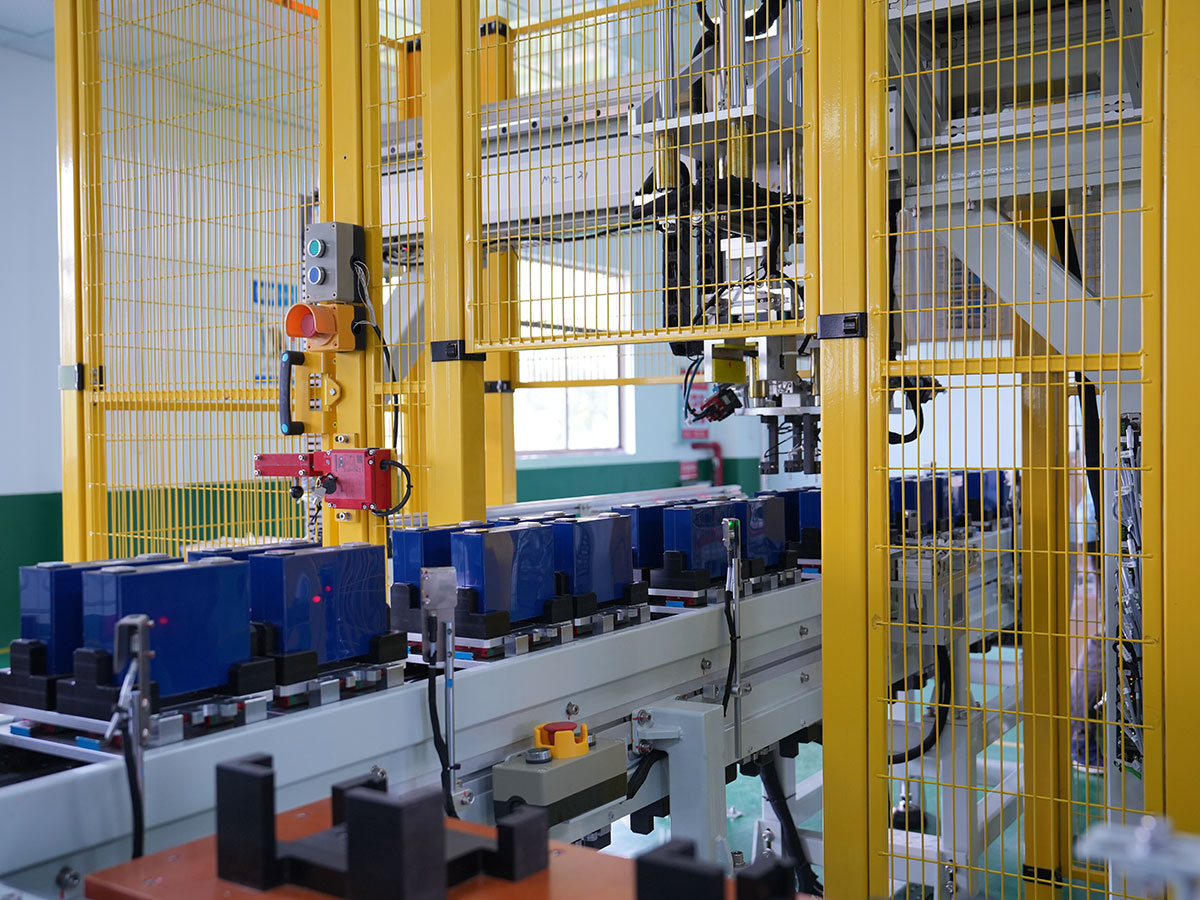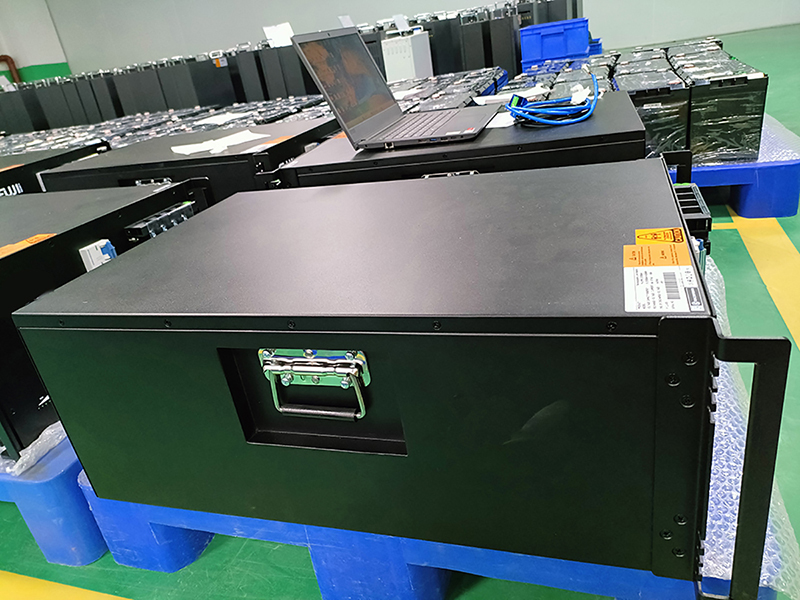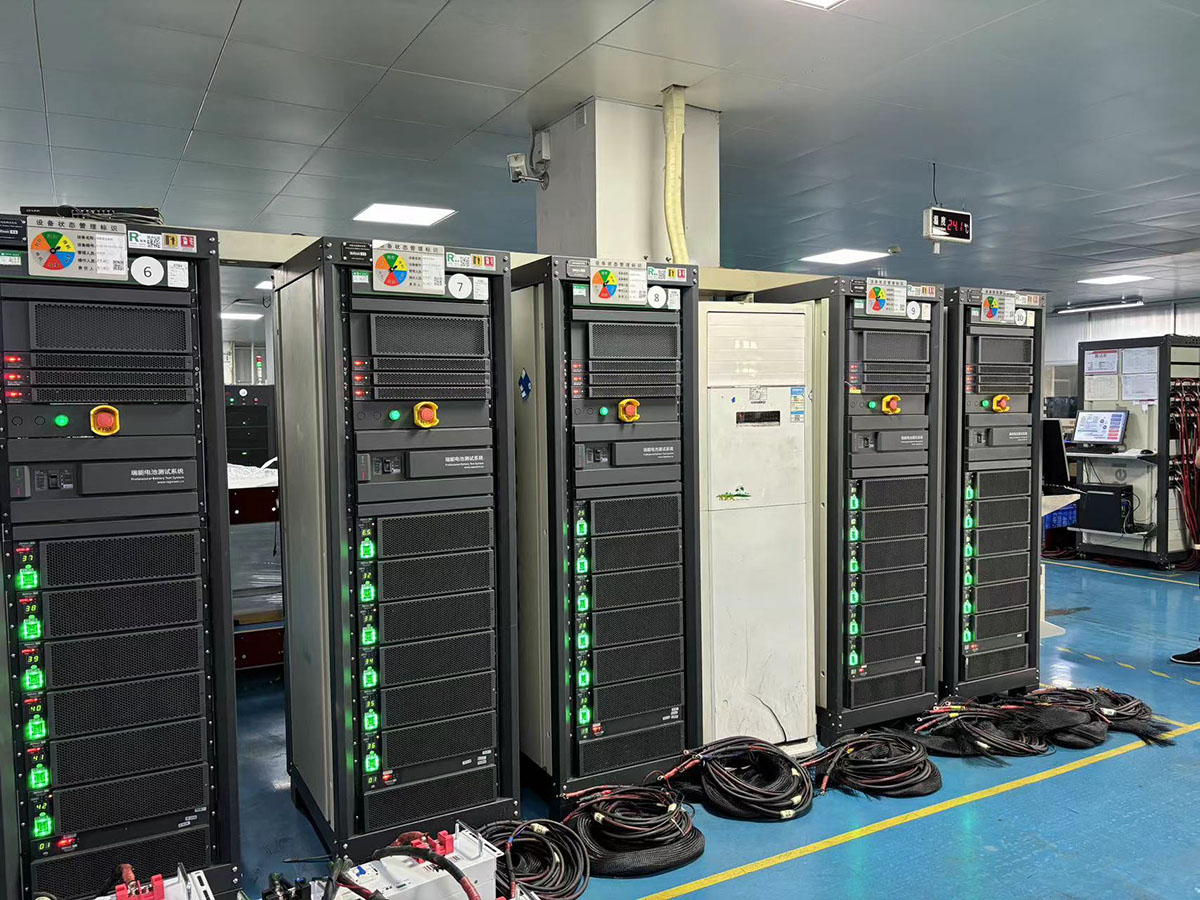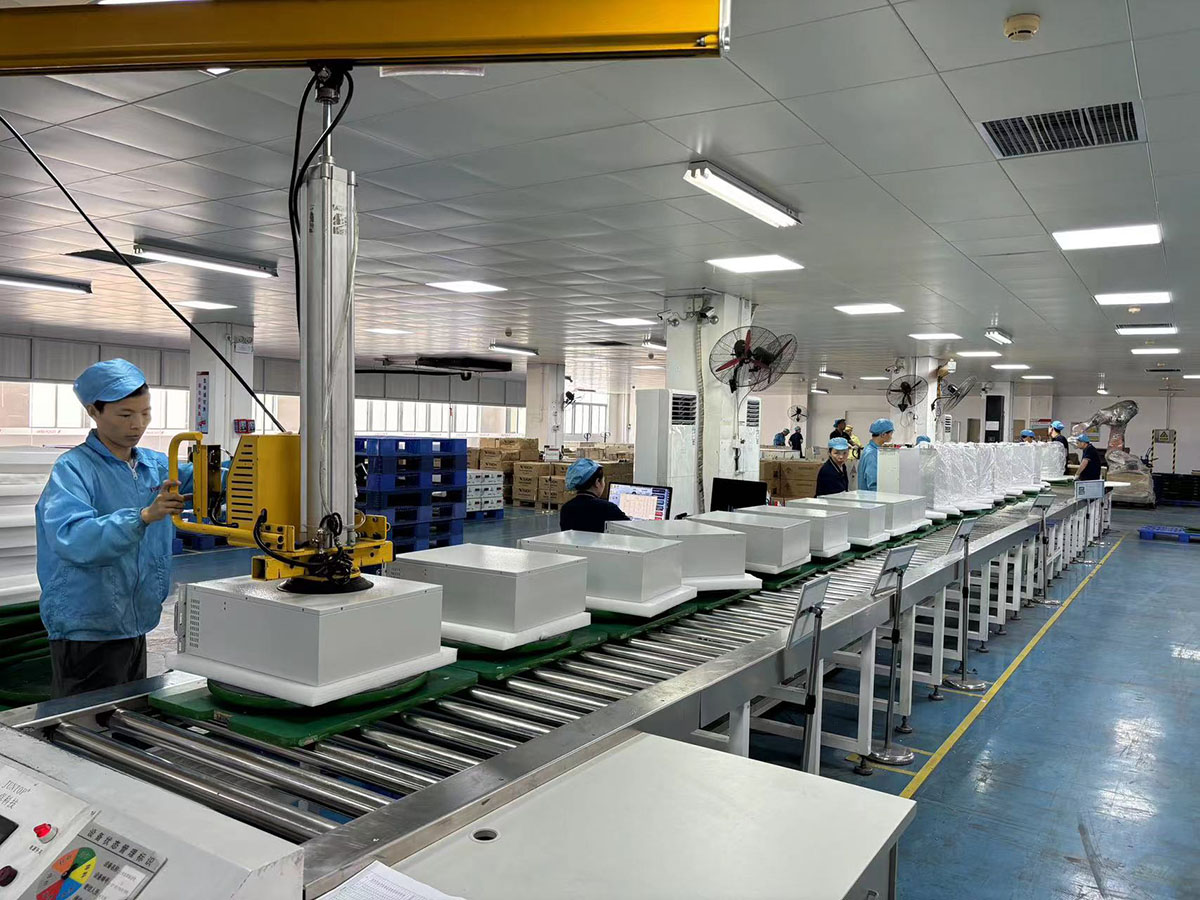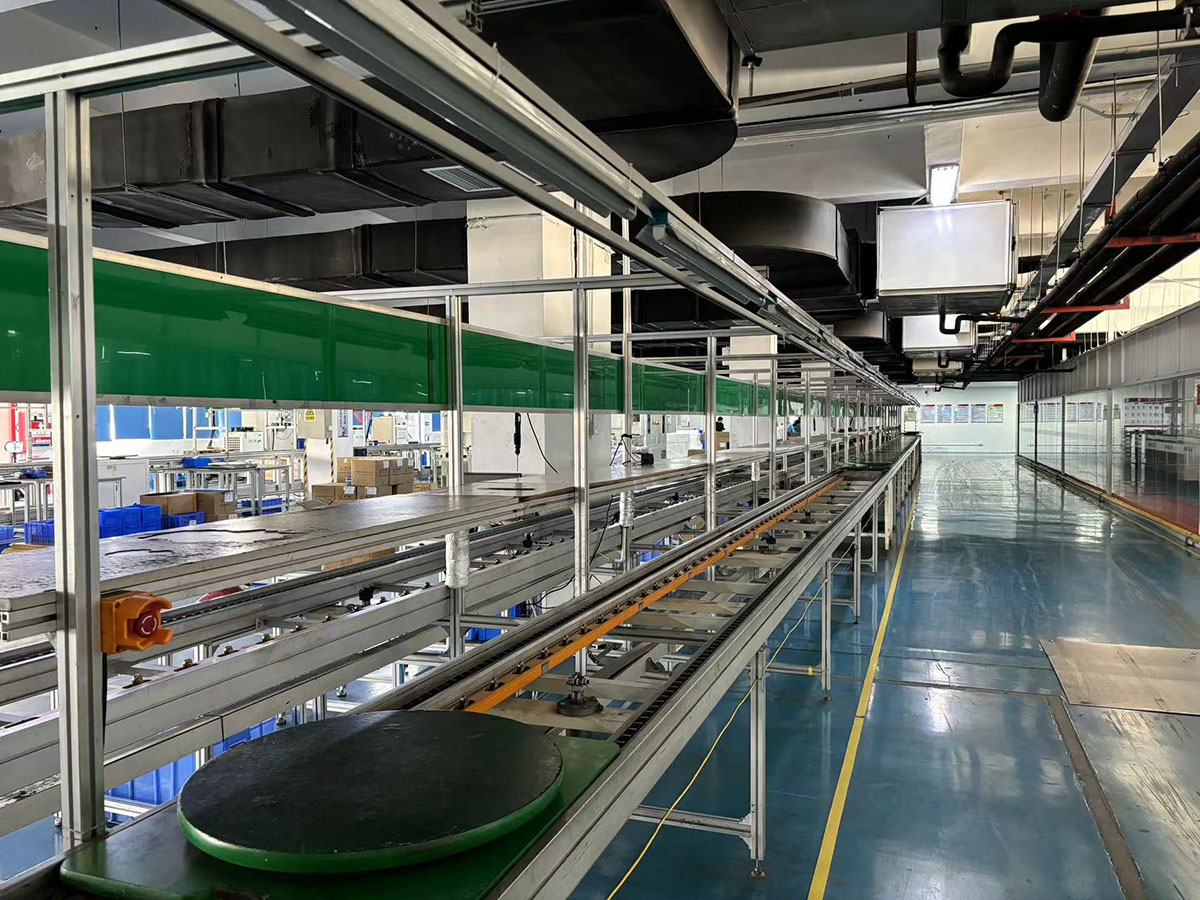On March 18, 2025, Copperbelt Province, Zambia – Global new energy leader GT PowerSafe announced that its investment in Africa’s first “SolarGrid+ intelligent light storage microgrid” was officially connected to the grid. The project covers 12 remote villages in Zambia’s Copperbelt province, benefiting 103,000 people who lack electricity for a long time, marking the first time that distributed energy solutions led by Chinese enterprises have achieved community-level implementation in Africa.
Technological breakthrough: AI reconstructs the logic of energy distribution
System integration three innovative modules:
Flexible photovoltaic array: 2.1MW flexible solar panels are adapted to simple roofs in Africa, wind resistance level is up to 12, and average daily power generation is 8.6MWh;
Solid state energy storage core: 8.4MWh high-density lithium battery pack equipped with self-developed “thermal magnetic isolation” technology, the cycle life is still more than 6000 times under 45℃ high temperature environment;
Intelligent energy brain: The AI algorithm analyzes the electricity consumption behavior of 23,000 households in real time, dynamically adjusts the energy storage output, and prioritizes the critical load of schools and medical stations.
“Through the blockchain accounting and mobile prepayment system, villagers can purchase clean electricity at any time by scanning the code for $0.08 /kWh, which is 78 percent lower than the cost of diesel generators.” During the demonstration, Zhang Mingzhe, CTO of GT PowerSafe Africa, stressed that “the average daily electricity cost per household is only 0.24 US dollars, and solar credit is supported.”
Government and enterprise collaboration: Three parties signed to activate sustainable development
At the project launch meeting, GT PowerSafe signed the Renewable Energy Inclusive Plan with the Zambian Ministry of Energy and the African Development Bank:
Phase II expansion: Add 4 microgrid nodes before 2026, and expand the total installed capacity to 15MW/60MWh;
Localization commitment: Train 200 local operation and maintenance technicians, set up the first new energy technology training center in Copperbelt province;
Carbon sink development: The system reduces diesel consumption by 4.2 million liters per year, and corresponding carbon credits have been linked to the London Carbon Exchange.
Social Impact: From energy poverty to the Digital transition
Microgrid operation brings multidimensional changes:
Education empowerment: 12 rural schools were connected to electronic teaching equipment for the first time, and the evening self-study rate of students increased to 83%;
Medical upgrades: The vaccine cold storage at the Kitwe Clinic is operating 24 hours a day, and the vaccination rate of newborns has exceeded 90 per cent;
Economic activation: The night market extended its operation for 4 hours, and more than 2,000 families carried out small and micro businesses such as mobile phone charging and ice making.
UN Under-Secretary-General Amina Mohamed said in a video message: “GT PowerSafe has created a new model of ‘energy affordability – technology adaptation – community participation’, providing a Chinese solution for global energy poverty governance.” The project was awarded the United Nations Energy Transition Lighthouse Award 2025 and selected as a “Collection of Best Practice Cases for Sustainable Development in Africa”.
Strategic expansion: Copy model to leverage 100 million market
According to the African Development Bank, there are still 580 million people in sub-Saharan Africa without stable power supply, and the annual growth rate of off-grid energy storage market is 49%. Levi, CEO of GT PowerSafe, said: “We have launched the ‘Thousand Village Interconnection plan’ and will replicate 200 microgrid nodes in six countries including Congo and Mozambique in the next three years, aiming to cover 3 million people.” At the same time, value-added scenarios such as agricultural photovoltaic pumps and cold chain power storage are developed to create a new energy economic ecology in African villages.”

